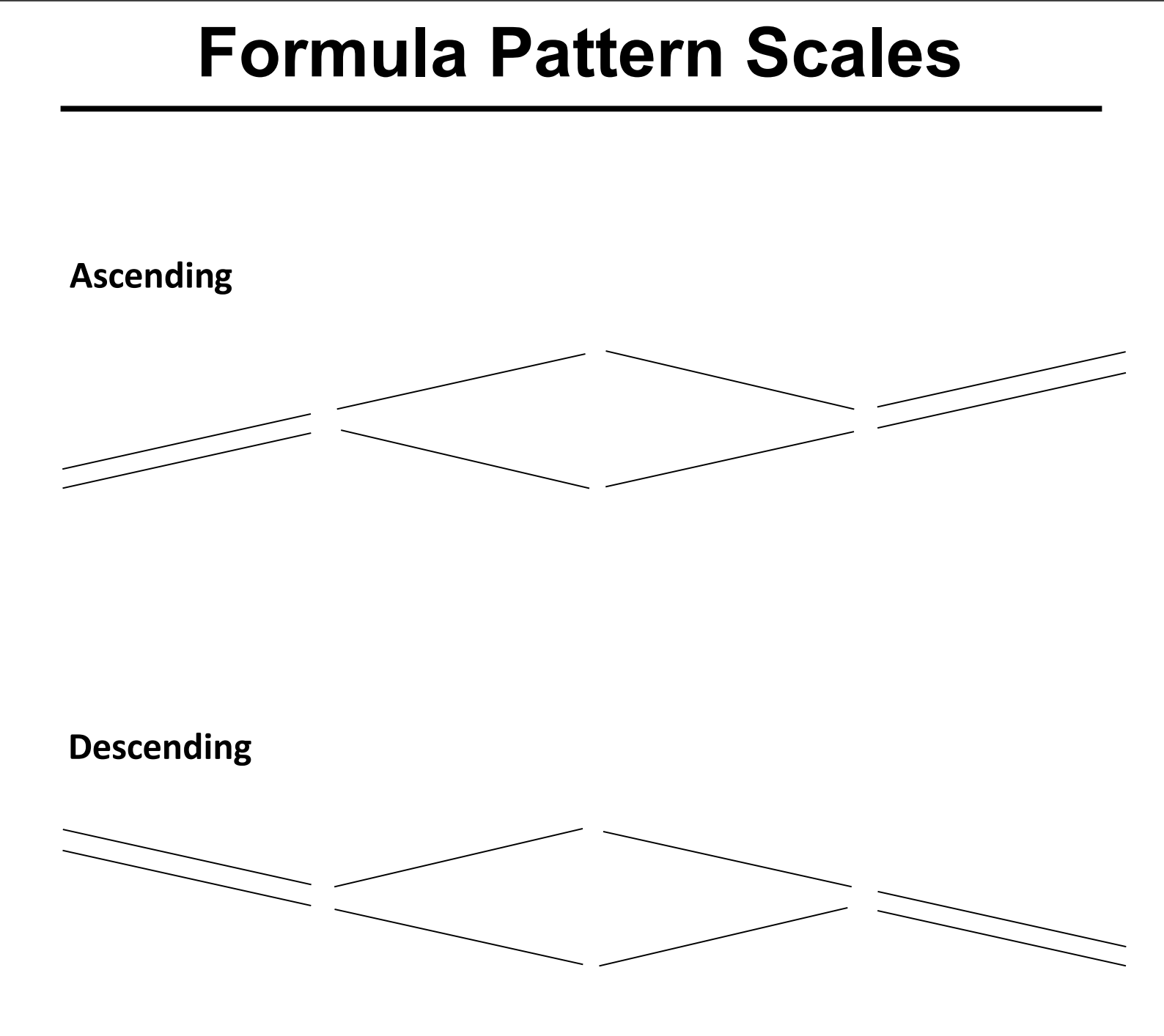Have a great week everyone and a lovely long weekend!!
Liam
Chromatic Scale – this is not really a scale as it uses every single note in its path but it does sound satisfying when played octave to octave. Alternate fingers 1 (white keys) and 3 (black keys) with both hands. When you encounter 2 white keys beside each other, use 1 and then 2.
Can Can – have fun polishing it for another week. Propel yourself up to the octave in the RH with a staccato bounce.
Penguin Waltz – waltz’s have a very famous down-up-up LH rhythm, sometimes called strong-weak-weak. Show this in how your LH plays the notes, with a down up up wrist motion and a louder sound on the first note than the other two.
Sneak peak at June’s scale challenge: two legato notes followed by two staccato notes for your scales. Right not you have the tendency to only do one staccato note and then connect the 4th note to the next, so fix that up so the 4th note is also detached.
Marco
Indiana Jones – You’ve got this! It’s tricky until it’s not, power through. Count yourself in one whole bar and then begin your melody pickup on beat 4. Step 1: tap the LH on the piano or your lap while playing the RH. Step 2: playing only the root note of the LH while playing the RH. Step 3: playing the written LH along with the RH. I think once you make the connection that it’s the 3rd note of each little RH melody that lands at the same time as the LH quarter note, it will start clicking for you.
Never Gonna Give You Up – awesome!!!! Keep playing it over and over again making the gap where you find the next notes smaller and smaller each time.
Parental help: When he goes very slowly and controlled, he is able to play the first 2 bars quite well HT, but it is tricky and he needs to power through to make progress. If you are able to assist in keeping that LH quarter note tapping/root playing/chord playing (anything!) going, then he will be able to figure out how to make the melody slot in. Get him to tap quarter notes on his lap while singing the melody and he will notice he actually internally already knows how it’s supposed to click together, we just need to get it in the keys:)
Marita
Je Te Veux – Practice the RH melody by itself until you can hum it and know what the next note should be. If the lack of a LH root note every 2 measures is tripping you up, just play the accompaniment with that downbeat for now.
Etude in C by Diabelli – have fun polishing up this old friend. I made accent marks on the chords you can bring out louder because they’re surprising and fun.
Far Away – sounds beautiful! Keep playing it to get more comfy with it and add pedal too.
Sara
Get feeling better! Your technique sounded great and the success rate for ear skills was high as well :)
Practice tapping the pulse with one hand while tapping a rhythm with another. This will happen in the sightreading portion of your exam for only 4 bars of 3/4 or 4/4 music. The syllabus states “For a given rhythm, students will be asked to: • Tap a steady beat with their hand or foot for one measure. • Continue tapping while speaking, tapping, or clapping the given rhythm. A steady pulse and metric accentuation are expected.”
To practice this I would look at any of grade level 2 or 3 music and isolate one melody from it, and then tap the pulse and that rhythm.
Daniel
Ditty of Yimeng Mountain – nice progress. As you work on it, go slow enough that you don’t have to “retry” sections again, and allow your brain to learn the correct way to have the voices overlap. As this is an invention, the point is to fluently overlap voices without stopping.
Stairway – check out this recording of Stairway with a full band. The only thing to fix about this one is to ensure that in measures 3 and 4 that the syncopated RH F is played Before the bass note both times. Have fun getting dramatic with the dynamics as well.
Formula pattern – great fixing of the repeated notes when changing directions. Still some work to maintain proper fingering throughout, but that is an ever in progress task. Here is the formula shape.
Sina
Half-Way There. You’ll have to look to the finger numbers at the beginning of each hand to know this piece’s position. RH is like C position, but finger 2 goes on C# and finger 3 is on D instead. LH plays only B, Bb and A in this piece.
Warmup with your C, D and G major scales.

